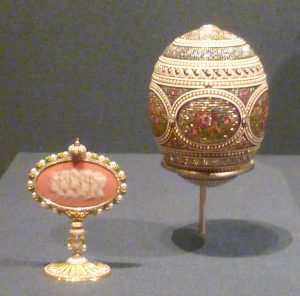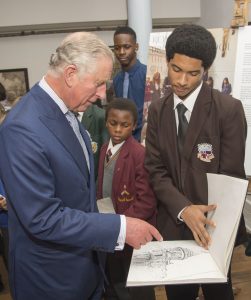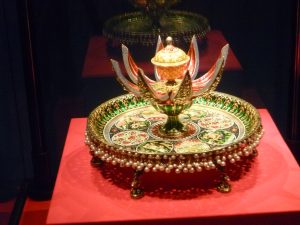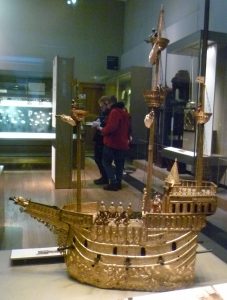I’ve just collected a box containing nine books from the library of a ninety-three-year-old cultured and elegant lady I’d known for many years who died last year. She left a number of her books and runs of architectural magazines to various museums and institutions, and the rest were to be shared out among her many friends. A few months after the funeral, I got a book list of well over 1500 books – I could choose as many I liked and it was, more or less, first come, first served.
The experience of looking through the huge list, printed in minute 8pt, was a bit like exploring Aladdin’s cave, with dash of delving into a bran tub. All I had were the titles and author; I had no idea whether the book was large or small, paperback or hardback. They were divided into sections covering the Contessa’s areas of interest: Architecture, Italy, History (social and cultural), the Arts, European Royalty, etc. and a small selection of fiction.
THE ETRUSCANS: History and Treasures of an Ancient Civilization
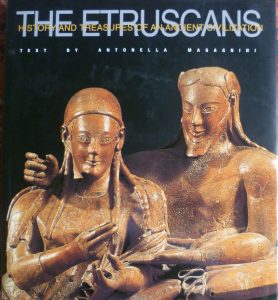
Continue reading The Contessa’s Bequest
Please share this page...
